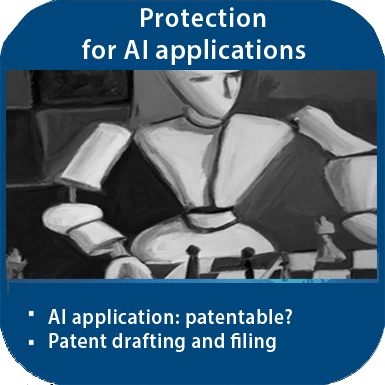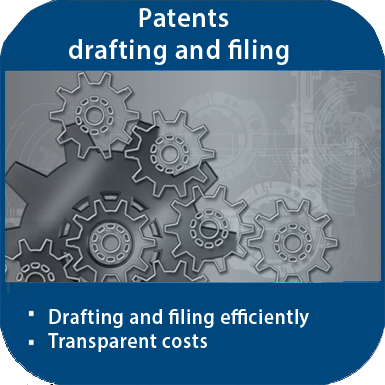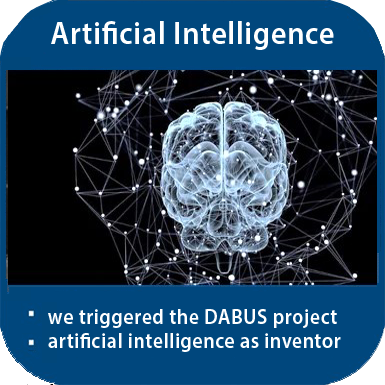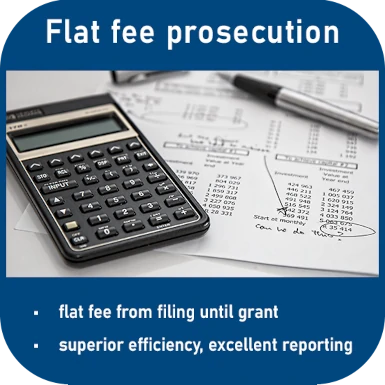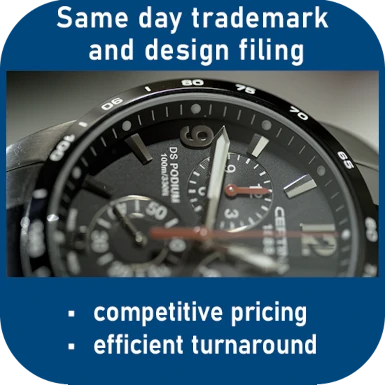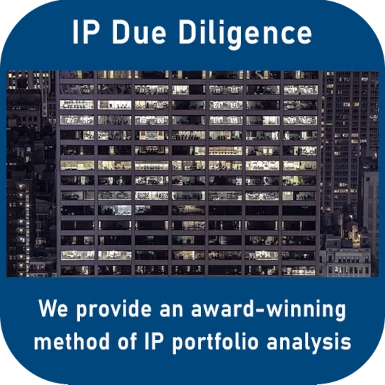German case-law on patent application for autonomous vehicles with AI
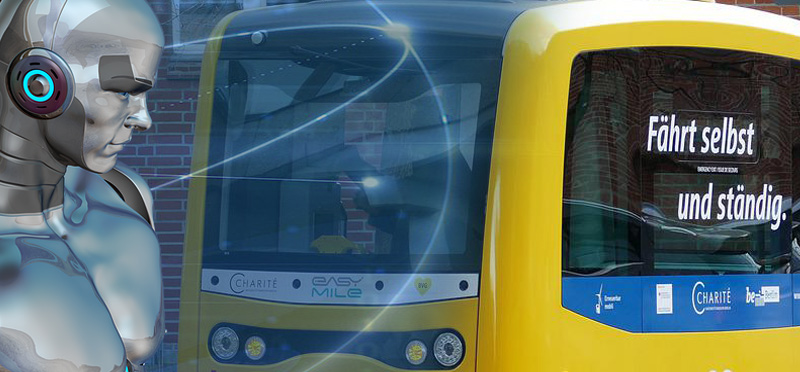
The Federal Patent Court (Bundespatentgericht (BPatG)) ruled on a patent application for self-driving vehicles - autonomous vehicles with the integration of artificial intelligence (AI). The invention underlying the patent application is distinguished by AI, especially in contrast to other patents on autonomous vehicles. The idea is that a neural network is to be trained (keyword machine learning) to correctly interpret signals such as human hand movements, facial expressions, and speech and to be enabled to translate them into control of autonomous vehicles for passenger transport.
Patent application for autonomous vehicles with AI
This case concerned a German patent application with the reference number 10 2018 205 050.3. The patent application was filed with the German Patent and Trade Mark Office (DPMA) by ZF FRIEDRICHSHAFEN AG (Germany) on 4 April 2018. However, by the decision of 24 January 2022, the patent application was rejected by the DPMA. The reason given was a lack of inventive steps.
ZF Friedrichshafen AG appealed against this decision to the Federal Patent Court (BPatG), which ruled on 1 June 2022 (BPatG, 19 W (pat) 7/22).
Court: many known elements from technology on autonomous vehicles
For a person skilled in the art, the court saw already known elements in many areas of the proposed method:
Training of the AI using backward propagation and a cost function. The obvious goal is to achieve maximum agreement between two different types of signals. In this case, the signals were facial expressions, gestures, and speech on the one hand and the signals 'wants to be promoted' and 'does not want to be promoted' on the other.
As the description did not contain any restrictive statements about the AI, the BPatG added that the artificial neural network could be designed as a 'convolutional' or 'recurrent' network. However, this was sufficiently known to the skilled person. After completion of the training phase, the evaluation device no longer had the function of a training evaluation device, but of an 'operational evaluation device'. And this was also known to a person skilled in the art.
The BPatG referred several times to citation D1 (the patent DE 10 2016 217 770 A1 of AUDI AG (Germany)). Only the artificial neural network after the rest of feature f, which was not explicitly mentioned in D1, was to be regarded as new ľ but was it inventive, too?
Machine learning of an AI
The court explained that the 'learning' or 'teaching' of comparative gestures or movements referred to in document D1, which is described as an alternative to the use of existing data sets stored in advance in a gesture or movement pool, was perceived by the skilled person as referring to so-called machine learning.
It was true - as the applicant had argued - that machine learning can be realized not only by algorithms with the architecture of an artificial neural network but also by other algorithms such as decision trees, k-means algorithm, or support vector machines (SVM) as a method of pattern recognition and for classifying objects.
However, the BPatG ruled that it was obvious to the skilled person that "learning" or "teaching" using artificial neural networks was possible - at least in the case of the self-driving motor vehicles referred to in D1. This is because their use in the image processing of partially or fully autonomously driving vehicles has been part of the usual procedure of the skilled person for many years.
The court stated that since no specific implementation values for the control were indicated in the patent application (i.e. the calculation of the (second) control commands by the artificial neural network and the adjustment of the weight factors in such a way that the (second) control command calculated by the network corresponds to the (first) control command of the driver), these features must be considered obvious to the skilled person (even though they are not explicitly inferred from documents D1 and D2), for it is obvious that an AI should "work well" in the end.
In vain, the applicant referred to the fact that feeding the artificial neural network was processing in 'real time'. Such processing in real time would be self-evident for a person skilled in the art, the BPatG decided, because otherwise a correct, in particular temporal, assignment of the individual signals and commands to each other would not be possible at all.
Therefore, the applicant's appeal was unsuccessful and the BPatG confirmed the DPMA's view that claims 1 to 5 were not based on an inventive step and were thus not patentable.
Any questions or requests on patent and IP protection? We are a German patent law firm with excellent expertise in computer-implemented inventions.
Please contact us, via email at info@kollner.eu.
